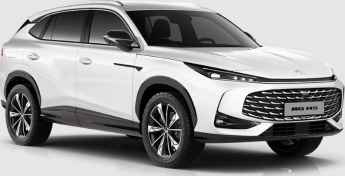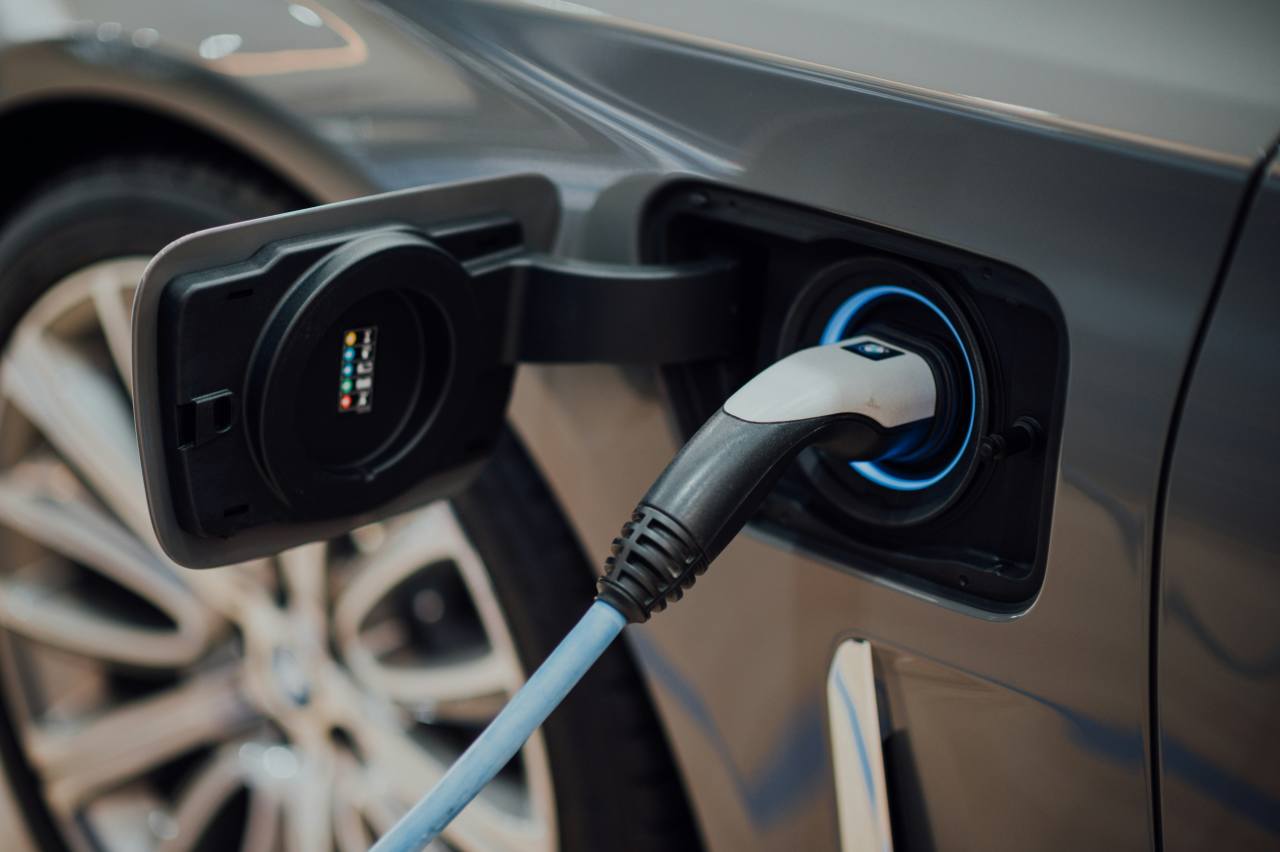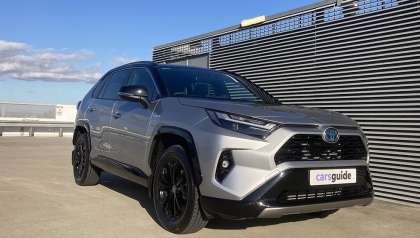You’ve heard of conventional hybrids, mild hybrids and plug-in hybrids, I’m sure. But have you heard of Super Hybrids? If not, you soon will, given that’s the name MG – now well cemented as one of our top-10 best-selling brands – is stamping on the back of its new electrified HS.
So, what the hell is a Super Hybrid? And does it involve phone booths, capes and a fortress of solitude? Sadly not.
In fact, it turns out a Super Hybrid is essentially a plug-in hybrid, and this one will replace the existing HS +EV. The ‘super’ part comes from MG, who says it signifies how much work has gone into tailoring the technology for Australian conditions and tastes in a project spearheaded by local chief Peter Ciao.

MG says there are a couple of important factors at play here. The first is that Australia is rather big, and our public charging infrastructure is some way off stretching right across it. The second is that MG knows plug-in hybrid vehicle owners aren’t always that good at actually plugging in their cars. And the third is that EVs are at their most efficient in the city, while the opposite is true of internal-combustion engines.
The HS Super Hybrid is set up to mitigate all three, with our cars getting a different battery, and a different set of operating parameters, than you would find in China, all to better suit our market.
Let’s start with the big country stuff. Australian-delivered versions of this new HS get a bigger battery, now a 24.7kWh LFP unit, that delivers an all-electric driving range of up to 120km, and which powers two electric motors – a generator and traction motor. That combines with a 1.5-litre turbo-petrol engine, a two-speed automatic (designed to mimic a nine-speed) gearbox, and a 55-litre fuel tank to deliver a total range (using both power sources) of 1000km. That's Sydney to Melbourne and beyond on a full tank and a full battery.
Next is the whole not-plugging-it-in thing — which is why the new HS never actually goes flat, regardless of whether you plug it in or not (though it must be pointed out that MG strongly advises charging it semi-frequently to keep the battery healthy). Even if the dash readout is zero, the MG HS will keep a little juice in reserve to give you zippy acceleration from traffic lights, but it's also constantly topping up the battery as you drive.
And finally, the efficiency question. Also unique to Australian cars is the EV/ICE tuning of our HS, which now priorities electric motoring right up to 80km/h, and the ICE engine above it, given you the best of both worlds in terms of efficiency.
That’s the sales pitch, anyway. So what about the reality?
Before we even get to the Super Hybrid stuff, I can tell you that this is the most convincing MG product I’ve driven to date. Silky smooth power, and lots of it, a quiet and refined cabin, and steering that has a happy relationship with the tyres all combine to deliver an impressive, comfortable on-the-road experience.
It all just makes sense. Even though the Super Hybrid’s petrol motor makes less power than the outgoing HS +EV (105kW vs 119KW), there’s loads more electric power (154kW versus 90kW), and so there’s plenty of electric-assisted zip from traffic lights — enough to light up the tyres on the rain-slicked roads of our test program. The cabin is blissfully quiet in EV mode, and there’s a fairly seamless shift from the petrol engine to the electric motor and back again.
The first 100km of our test route saw the MG return fuel use of just 3.3L/100km, while maintaining around 80 per cent of its battery charge. Impressive, but it was mostly freeway driving. The return trip was a little more enthusiastic (even if I bailed on the curves of the Royal National Park when I could no longer see out of the windscreen), and on that 95km trip I averaged 4.4L/100km, but I did pretty much deplete the battery.
Honestly, it’s impressive stuff. But the caveat is that we were driving pre-production cars on a rain-shortened drive program, so the proof will be in the final version’s pudding. But it does feel a like a big plug-in step in the right direction for MG, and makes the car this one replaces, the +EV, feel underdone.
The HS Super Hybrid arrives in September, and MG is yet to reveal pricing. But if it is sharp, and the final version lives up to this prototype test drive, the brand could really be onto something.
Verdict
A clever plug-in hybrid when PHEVs are booming in Australia could prove a Super (see what I did there?) move for MG in Australia. A prototype isn't the finished product, but this Super Hybrid tech feels a like a big step in the right direction for the brand.
Pricing Guides











































.jpg)


.jpg)

.jpg)

.jpg)
.jpg)